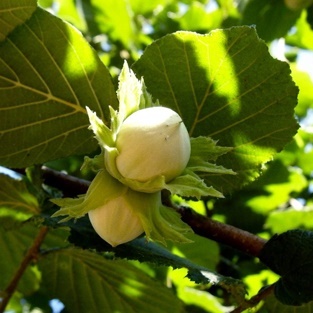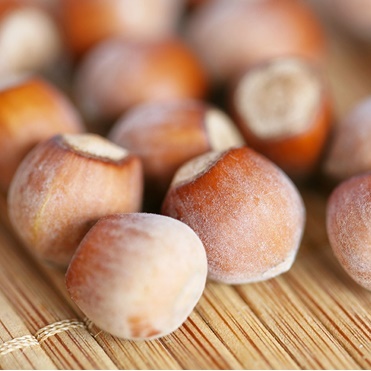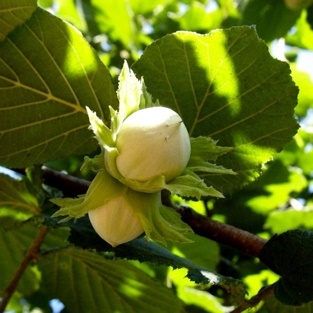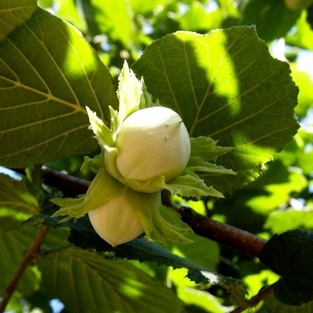Nut : HAZELNUT 100-150cm (3- 5') On Own Root
$42.95
A seedling is a tree that has been grown from a seed. Like children, seedlings are each genetically different. They will not be an exact copy of either parent. A seedling often is not true to fruit (meaning that you will not necessarily get the same quality of fruit or nut). Without graft tissue, seedling trees are usually more winter hardy, grow more vigorously and may grow into much larger trees at maturity.
A grafted tree is a tree which has been reproduced to have consistent fruit quality and a controlled tree size (a cutting or bud from the 'Mother tree' is joined to a rootstock). Grafted trees will always be true to fruit producing the same high quality as the superior Mother tree. They will also begin bearing at a younger age and usually remain a more compact tree.
Our superior northern seedlings were selected for their resistance to
disease and their comparable nut quality. With their dense, beautiful
foliage, hazelnut seedlings are especially useful for creating a hedge or windbreak. Mature height 2.5-3.5m (8-12')
PLANT 2 FOR POLLINATION | ZONE 3 | HARVEST: SEPT
Only logged in customers who have purchased this product may leave a review.





Reviews
There are no reviews yet.